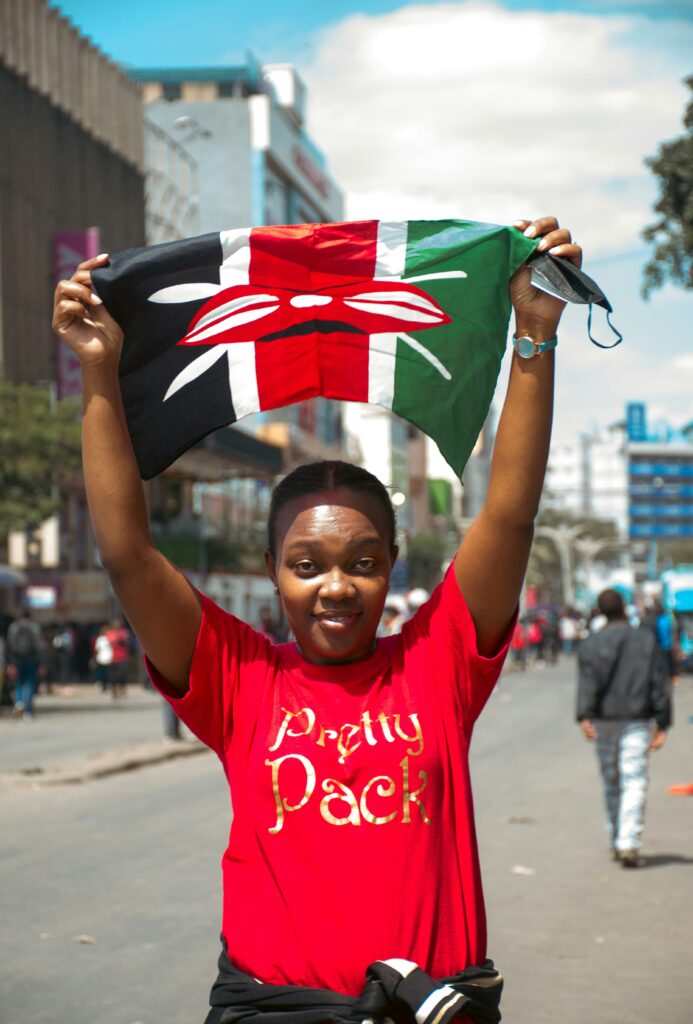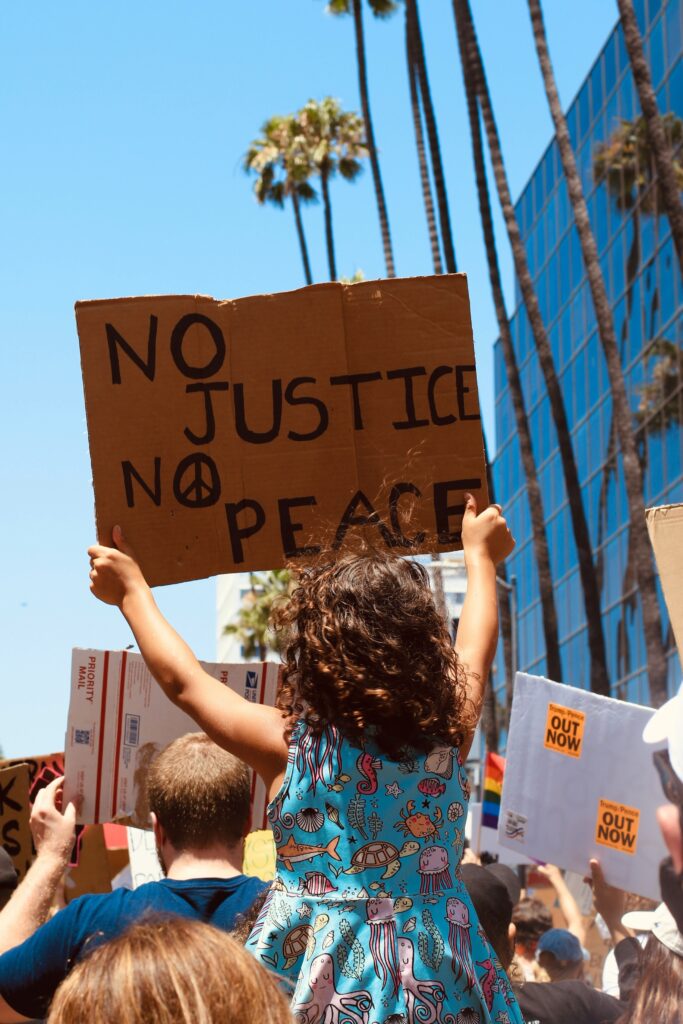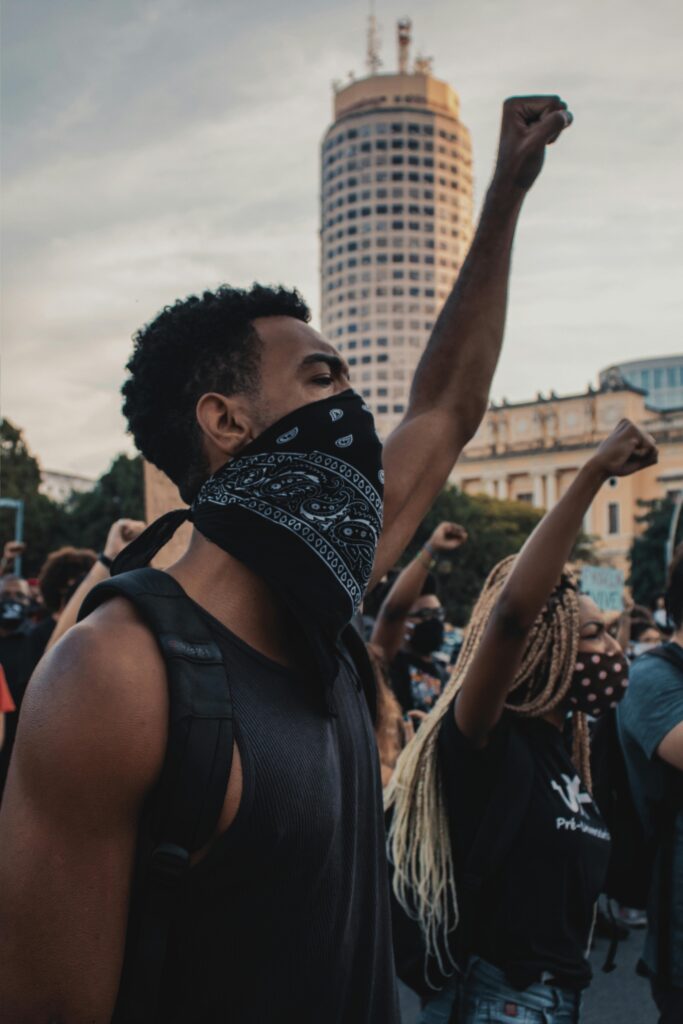As Kenya approaches another Saba Saba—a day historically associated with political protests and civic action—the streets are once again expected to fill with chants, placards, and voices of resistance. From Nairobi to Kisumu, youth are preparing to lead the charge, not just in protest, but in demanding a better future. But as emotions rise and tensions grow, it’s time we pause and ask a deeper question:
How can young people transform protest into long-term peace, social development, and harmony?
The Power and Pain of Maandamano

Maandamano—Swahili for —protest”—has become a regular feature in Kenya’s sociopolitical landscape. While protests are a constitutional right and an expression of democracy, they often descend into violence, destruction, and division. Sadly, it is mostly young people who are both the faces of these demonstrations and the biggest casualties—either as victims or as scapegoats.
The truth is, beneath every protest is a cry for change: jobs, justice, good governance, and dignity. But without proper platforms, mentorship, and empowerment, youth voices end up shouting into the void—or worse, being manipulated by political actors.
Youth Are Not the Problem—They Are the Solution
Kenya’s youth form over 70% of the population. They are tech-savvy, resilient, outspoken, and deeply connected to community struggles. Whether through music, art, or activism, young Kenyans are already shaping narratives on identity, rights, and governance.
Yet, without meaningful empowerment, many feel trapped. High unemployment, inequality, and corruption breed frustration. This is why youth empowerment is not just important—it is urgent for the survival of our democracy and the pursuit of community peace.
Turning Protests Into Peacebuilding

Empowering youth doesn’t mean silencing their anger. It means channeling their energy into productive change. Instead of viewing protests like Saba Saba as threats, society should see them as opportunities—an invitation to listen, engage, and transform.
Here’s how we can make that shift:
1. Civic Education and Dialogue Spaces
Many youth hit the streets without fully understanding their rights, the constitution, or how government systems work. Empowerment starts with education—not just formal schooling, but civic training that builds critical thinking, emotional intelligence, and conflict resolution skills.
Community centers, churches, mosques, and even digital platforms can host safe spaces for dialogue, helping youth understand how to push for change peacefully and strategically.
2. Economic Empowerment
Let’s face it: an empty stomach listens more to firebrands than to philosophers.
When youth are economically desperate, it’s easy for politicians to use them as pawns. Empowering youth with job skills, entrepreneurship training, and startup capital redirects their focus from breaking things to building things—businesses, social initiatives, and even peace projects.
Social development begins when youth feel they have something to lose—and something to build.
3. Real Inclusion, Not Tokenism
Too often, youth are called to meetings for the optics, not for input. Real empowerment means letting them co-create solutions. Include youth in county development boards, peacebuilding commissions, and budget discussions.
When youth feel heard and valued, they become champions of peace, not agitators of chaos.
Real Stories: Youth Peacebuilders in Action
Even amidst the maandamano heat, there are young Kenyans working behind the scenes to promote harmony:
- In Mathare, youth groups organize cleanups after protests to reclaim their streets and restore dignity.
- In Eldoret, university students formed WhatsApp networks to warn peers about protest hot spots and encourage peaceful participation.
- In Kakamega, a group of boda boda riders initiated community dialogues between youth and local police, reducing unnecessary confrontations.
These are not isolated acts. They are proof that youth peacebuilding in Kenya is real, growing, and worth investing in.
The Role of Elders and Middle-Aged Allies
This is not just a youth issue. Parents, teachers, elders, and middle-aged citizens must act as mentors, supporters, and bridge builders.
- Elders can pass down wisdom, promote restorative justice, and de-escalate tensions.
- Middle-aged leaders can create job opportunities, fund youth initiatives, and speak up against political exploitation.
Harmony grows when every generation plays its role.
Challenges on the Path to Peace

Of course, it’s not all smooth sailing. Youth peacebuilders face:
- Police brutality and intimidation
- Lack of funding or support
- Internal division across tribes, classes, and politics
- Media narratives that stereotype all youth as violent
That’s why national and county governments, civil society, religious leaders, and even the media must come together to protect and promote youth peace efforts.
What Can You Do?
Whether you are a student, a professional, or a retiree—you have a part to play in building a peaceful Kenya.
- Support local youth initiatives—financially or by volunteering.
- Speak peace on social media. Don’t fan the flames of hate.
- Educate young people in your circles about peaceful advocacy and responsible citizenship.
- Vote for leaders who value youth empowerment and peacebuilding—not those who use youth for violence.
Final Thoughts: Let Saba Saba Be a Turning Point
As we approach Saba Saba, let us reimagine what protest can look like. What if, instead of burning tires, we planted trees? What if, instead of shouting insults, we demanded policy reforms with facts and unity?
Young people in Kenya are not just protesting—they are pleading for a chance. A chance to lead. A chance to live in a country where justice is real and opportunity is fair.
Youth empowerment is the foundation of peace. Peace is the pathway to social development. And harmony is the reward for getting it right.
Call to Action
Are you a young peacebuilder? Or do you know someone making waves for peace in your community?
📢 Share their story with us at Harmony News Articles and be part of a growing network of voices calling for youth empowerment, peace, and harmony in Kenya.
👉 Follow us, subscribe, and let’s use this Saba Saba to not just resist—but to rebuild. The future of Kenya depends on it.



